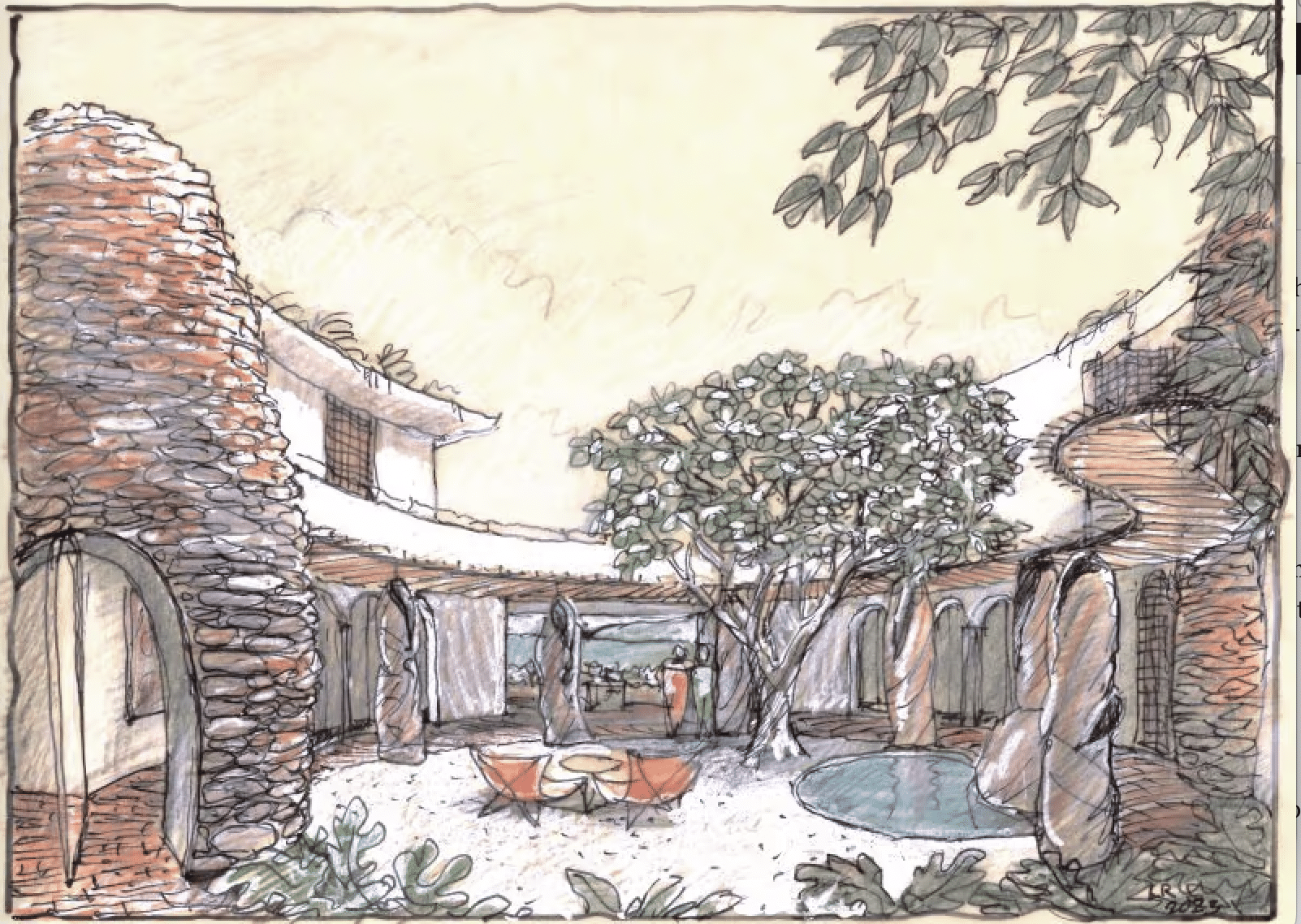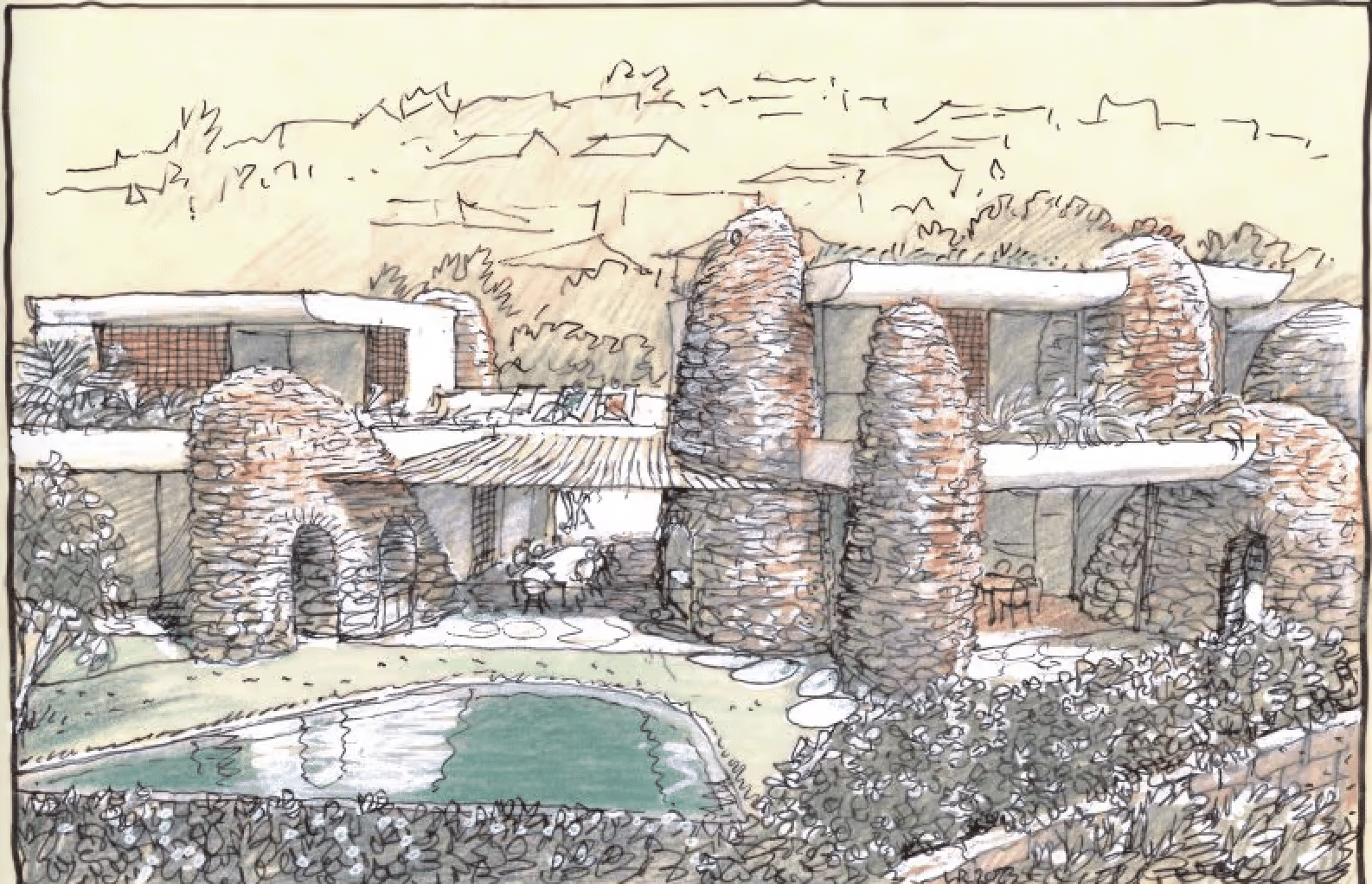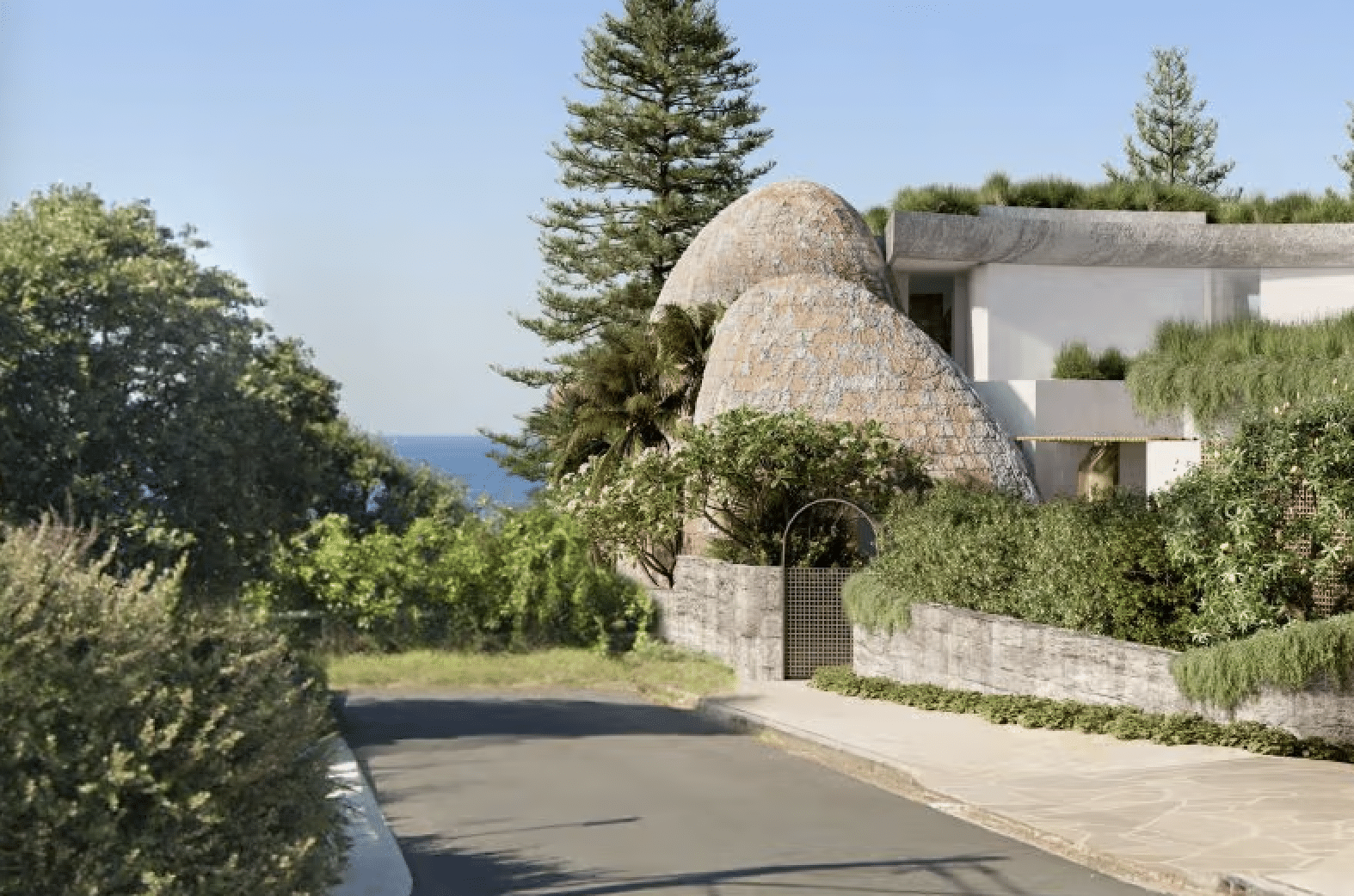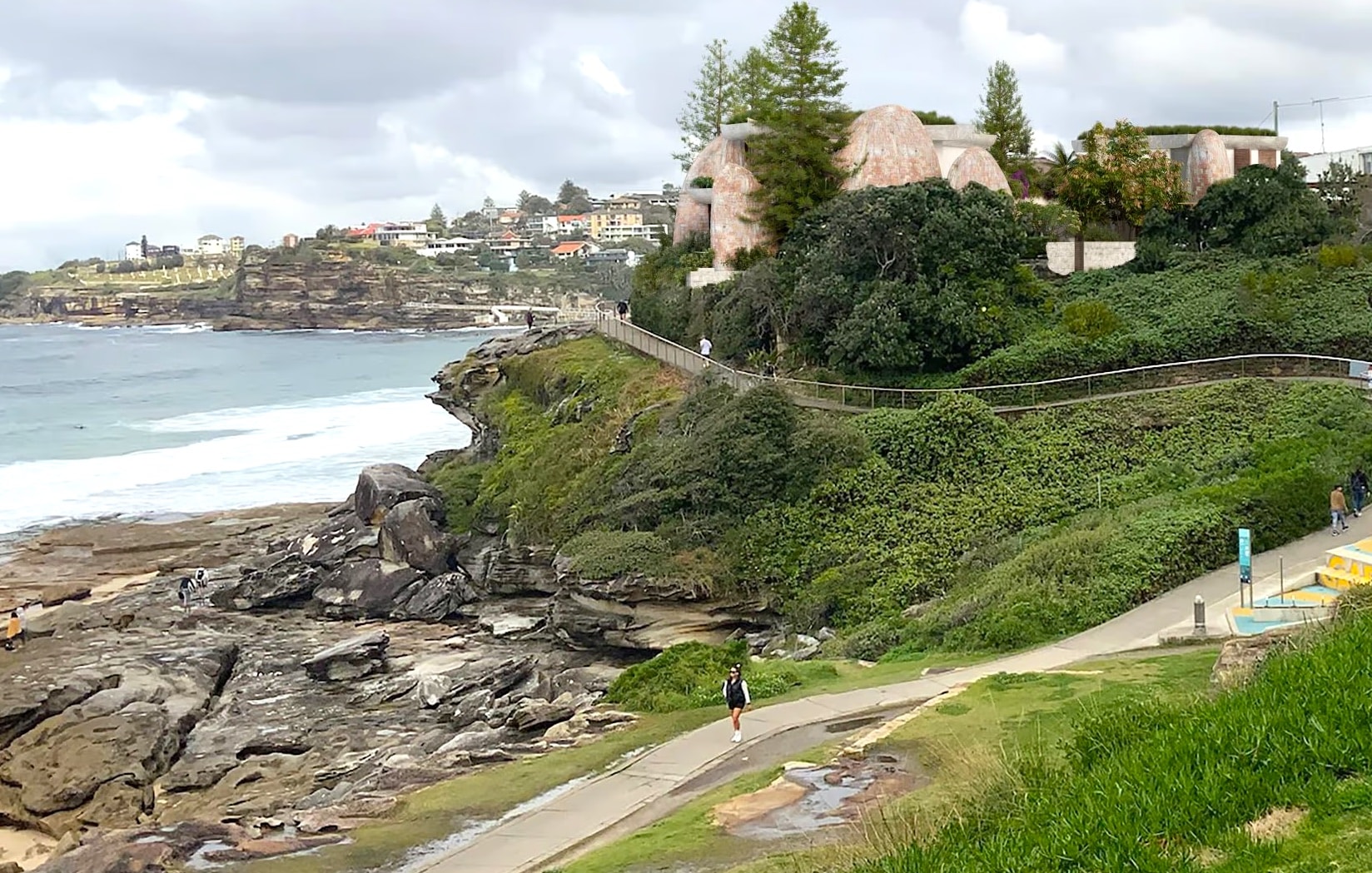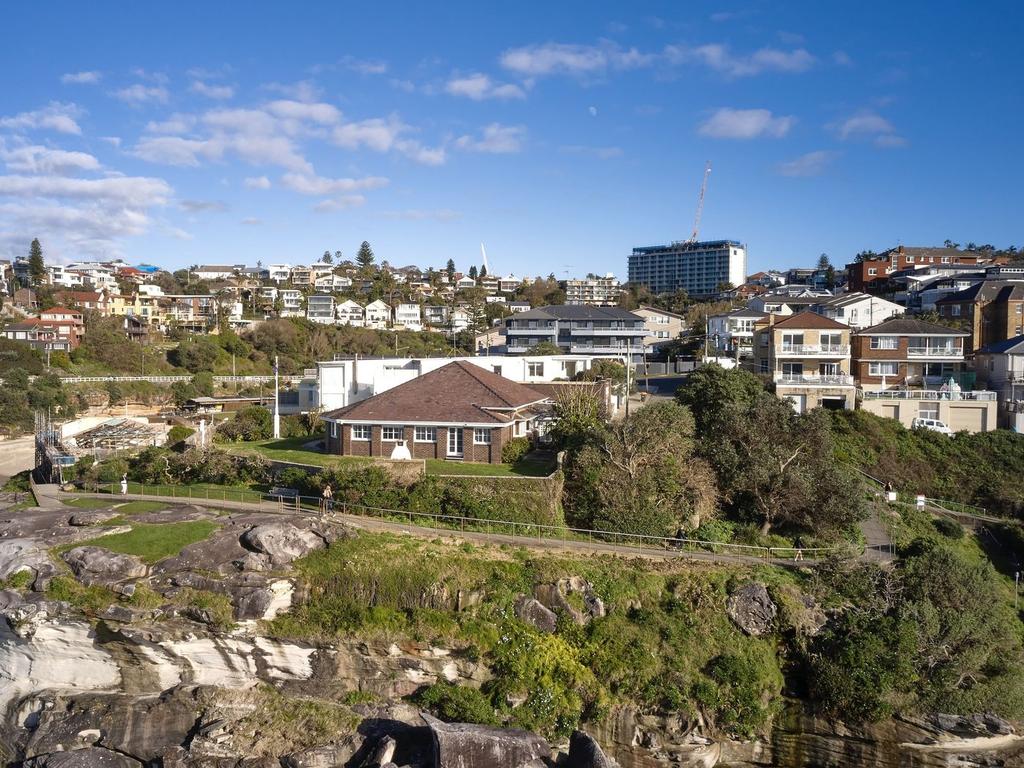To the outside world, I looked gaunt. Jaundiced. Consumed by my own desires. My face sunk in on itself like some collapsed star.
It was deep into winter the first time it stirred, at a secret spot buried inside the national park. A lonely, isolated ledge that came to life only in the right conditions. A roaring Southern Ocean low. An isobaric efflux.
The swell had come at a bad time. Apprentice off sick. Wife pulling extra shifts. Kids needing babysitting. But it was the sort of wave you drop everything for. A violent in-and-out, the closest thing to a religious experience I know.
I’d just trekked down to the cobblestone point that overlooked the ledge when it hit me. The need to evacuate. Like a punch in the guts. I keeled over in a cramp. I tore off my booties and wetsuit and did my business right there on the rocks, the cold wind on my bare skin.
The next time was a few days later, a little closer to home. A sharp urge just as I was heading out at the local. A race to the toilet block. Board flung down on the old terracotta tiles, I jumped into the first stall I could find and ripped off my suit. Flushed out like a tidal pool on the full moon. Waves of relief danced up my spine and into the base of my skull as I finished.
I ran into one of the local crew as I came back out. Dave. We’d grown up surfing the same stretch of spots. He was a few years older, but we were cut from the same cloth. Honest toilers, sneaking in a paddle between jobs.
“Nature calls, eh?”
“Yeah,” I said. I placed my hand on my belly, signifying my discord. “For some reason it keeps hitting me just before a surf.”
“I get that with coffee,” he said. “Just the smell of it has me running for the dunny.”
Dave slid his board under the cover of his ute.
“Or a bag of blow. It’s some sort of Pavlovian response, I suppose.”
He smiled, shook his head. “Not that I’ve felt that in a while. Anyway, fella, enjoy the surf.”
And I did enjoy it. Despite the empty stomach still turning itself in knots, I felt looser. Lighter on my feet.
The next surf, it was the same problem — a code brown at town beach. At least this time I’d waited before putting on my suit. By strike four, a run for the bushes before a late-arvo session for which I’d skipped the kids’ swimming lesson, I knew something was really up.
“Haven’t seen you here for a while,” the doc said as I pulled my pants back up. Already they felt looser on my waist.
“I stay pretty well for the most part.”
“I know. Your wife keeps me updated.”
He slid off the blue plastic gloves, threw them in the bin, and motioned for me to sit down in the patient’s chair. The same chair he’d used since I was a kid. I still remember how hard I dug my fingers into that old leather for my first tetanus shot. I’d avoided the place ever since.
“Well, I can’t see anything…untowards down there.” He looked me up and down. “But you have lost weight since your last visit. Have you had any recent changes in your diet?”
“No. I mean, maybe a few more drinks here and there. But nothing major.”
“And workwise, everything is okay? Home life? You know they’re finding out a lot about how your gut is linked to your mental health.”
I pictured my wife’s face that morning, one kid hanging from her arm, the other wrapped around her legs, as I told her I was heading off for another surf.
“Nah, it’s all good.”
“Any changes to your bowel movements otherwise?”
“No, they’re still regular. It’s just when I get to the beach, I gotta…you know. Go.”
He let slip half a chuckle and straightened in his chair.
“Look, on face value everything seems okay. But you’re getting to the age now where it wouldn’t hurt to take a closer look.”
He scribbled on his piece of paper.
“Here’s a couple of tests I’d like you to have.”
Then he pulled open his drawer and handed me a pack of nondescript white pills.
“If things get worse, don’t be a stranger. And in the meantime, try these when the urge hits.”
As winter slid into spring, things did get worse. It was getting me now before every surf. It came like the waves I was chasing. Deep, growling groundswells stirring up from my polar regions. Short-interval storm chop that would hit with only a moment’s notice, leaving me racing for the nearest ditch.
I tried preempting it, would sit on the bowl at home for an hour beforehand, willing one into existence. Nothing. I’d pack my gear and jump into the truck. But as soon as I caught sight of the car park, the sand, even the slender line of ocean on the horizon, it would come. Immaculate defecation.
The pills did nothing. The weight fell off me. I hadn’t been this skinny since I was a teenager.
“You don’t look good,” said the wife as I came home from another late-afternoon surf. “You’re not you.”
I shrugged and pulled my belt across another notch.
I started packing a roll of paper in the car with my gear as a matter of course. More often than not, I’d end up squatting behind a bush off the side of a path. It became my calling card. If the other locals saw my truck parked next to the toilet block, or pulled over haphazardly on some beachside track, they’d know the waves were good.
And here’s the thing: I’d never surfed better. I was leaner. Wilier. Putting in some of my best performances in years. I’d never felt so alive.
In the car park after one particularly satisfying bowl session, I ran into an old hippie from around the way. Leon. A relic from the drug-running seventies who never escaped the trip — living out the back of his beat-up old van, joint hanging from the side of his lip, squalid smell of incense and piss in the air.
“You’re looking well,” Leon said as I walked past.
I explained the situation.
“Ah, magnificent,” he said, not missing a beat. “Did you know your gut has the second largest amount of neurons in it of all the body’s organs?”
“No, I did not.”
Leon drained his roach. Peered at me intently from his deep-brown eyes. He had spent a lifetime surfing, smoking. Wasted the rest. He was one of those guys with an opinion on everything. Some would call him a hedonist. But I’d always been jealous.
“You might think your brain is in charge,” he continued. “But actually it’s your gut running the show. It’s the base of your desire. Your gut instinct. This is your gut telling you what it wants.”
“Which is what?” I asked.
“To be cleansed,” he said, like it was a matter of the most common fact.
I didn’t say anything, but felt that tingly post-shit sensation run up my back again.
“Research it yourself. It’s a motif across many of the world’s religions. Ritualistic purging. To become pure. Each time you’re in there, you’re wiping yourself clean. Literally. Through shitting, you’re obtaining a sort of…kundalini. An awakening. A great reset. Don’t you feel it?”
I ran my hands over my waist, the smooth, taut skin stretched over protruding bone. I definitely felt something.
“Keep at it, and I dare say you’ll find enlightenment.”
“But what if you’re wrong?” I asked. “What if it’s my gut telling me not to surf anymore? Telling me I’ve had enough?”
“Well,” Leon said with a smile, “there is that. I guess you just need to decide: Which is your truth?”
As my insides flowed, so did the swell. A glut of unseasonal lows had my secret ledge firing. I surfed it like it was on a string. Escaped from situations I never thought possible.
Was I sick? Or was this a cosmic message? A sign that I was on some path to nirvana? Correlation. Causation. Intuition. Intervention. Questions swirled around my insides like a sickly stew.
I knew one thing for sure: I didn’t want the doc sticking his hand up my arse again.
So I staged an experiment.
I set up a camp in the national park, focused only on the flow between bowel and barrel. At the cobblestone point I fashioned a ringed toilet seat from smooth rocks, complete with its own canal system. When I wasn’t in the water, I was on the bowl. Whittling down my needs. Going with my gut.
I canceled all my jobs. Ignored the calls from my doctor. Didn’t even bother with the wife. Eventually, when I did return home for supplies, I found her loading the kids into the car.
“It’s not me, it’s you,” was all she said as she drove off.
I was ready for it. I welcomed it. I waved them goodbye. Looked down at my tattered pants hanging loosely from my waist. The wind swung offshore. My tummy rumbled.
I dispensed with my worldly possessions. Let surfing rule. And things were only getting better. This wasn’t an illness. Or a warning. It was the final piece in the puzzle of attainment, just like Leon said. Only it wasn’t even a piece. It was a movement: push and pull. Expansion and contraction. Pressure and release.
I’d locked myself into a perfect synchronicity. Pared down to the most basic duality.
“Where’s your gloves now, doc?” I yelled as I threw my phone into the bowl, the last vestige of my old life smashed against the shit-stained rocks.
To the outside world, I looked gaunt. Jaundiced. Consumed by my own desires. My face sunk in on itself like some collapsed star. My own friends wouldn’t have recognized me if I’d walked past them in the street.
But out in the surf, where life truly mattered, I was king. I flew between sections with a newfound grace. An economy of movement. Lithe and unburdened by the world. The other surfers would stop and sit up and watch as I sped past them.
Emaciated. Magnificent. Streaks of brown still running down my leg.
Even when I did finally collapse, and the ambulance sirens were reverberating throughout the lineup, and I was being carried away on that stretcher, the silhouette of my former self, they still paid their homage.
“There he goes,” they said in the most reverent of tones. “There goes The Shitter.”
(Editor’s note: This article, which is fiction, originally appeared in issue 31.4 of The Surfer’s Journal.)

